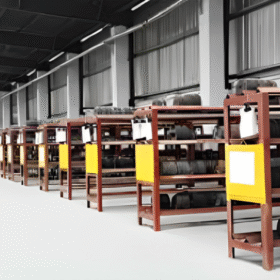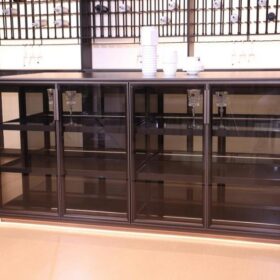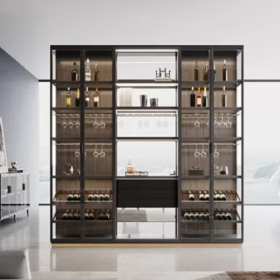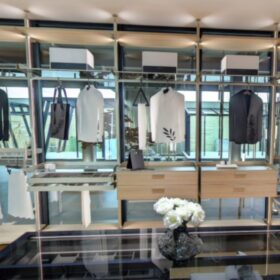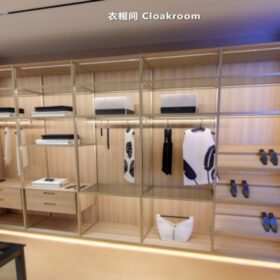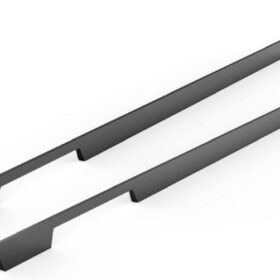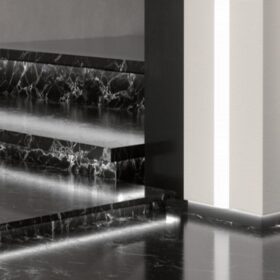Best Practices for Cutting and Installing Frame Aluminium Profiles
The precise cutting and installation of frame aluminium profiles are essential for the structural integrity and aesthetic appeal of any construction project. Following best practices ensures accurate cuts, secure joints, and a professional finish. This article provides a comprehensive guide to the best practices for cutting and installing frame aluminium profiles, empowering builders and DIY enthusiasts alike to achieve optimal results.
Material Preparation
Prior to cutting, aluminium profiles should be carefully prepared to ensure precision and prevent damage. Begin by cleaning the profiles to remove any dirt or debris. Measure and mark the desired cut lengths accurately using a measuring tape and a sharpie. Use a straight edge or framing square to guide your marking to ensure straight cuts.
Cutting Techniques
The choice of cutting technique depends on the profile’s thickness and the desired finish. For thin profiles, a miter saw or circular saw equipped with a fine-toothed blade can be used. For thicker profiles, a band saw or cold saw is recommended for precise and clean cuts. Always wear appropriate safety gear, including eye protection, earplugs, and gloves, while operating power tools.
Cutting Angles
When cutting profiles for frames, it is crucial to cut the correct angles for proper alignment and joint strength. For square frames, the profiles should be cut at 45-degree angles. For rectangular frames, the longer profiles should be cut at 45-degree angles, while the shorter profiles should be cut at 90-degree angles. Use a miter box or digital angle finder to ensure precise angle cuts.
Joining Techniques
Depending on the project requirements, different joining techniques can be employed to connect aluminium profiles. Mechanical joining methods, such as bolts, screws, or rivets, offer a simple and secure connection. Adhesive bonding is another option, providing a strong and waterproof seal. For applications where maximum strength is required, welding can be used to permanently join aluminium profiles.
Installation Considerations
Before installing aluminium profiles, ensure that the underlying structure is level and square. Use shims or spacers to adjust the profile height as needed. Secure the profiles using the appropriate fasteners, such as self-drilling screws or rivets. Countersink the screw heads slightly below the profile surface for a clean and professional finish.
Conclusion
Adhering to best practices for cutting and installing frame aluminium profiles is essential for successful construction projects. By following the guidelines outlined in this article, you can ensure precision cutting, secure joints, and a durable and aesthetically pleasing finish. Whether you are a professional builder or a DIY enthusiast, implementing these best practices will empower you to achieve optimal results with your aluminium profile projects.
-
2024-11-29Top Trends in Modern Kitchen Cabinet Pulls for 2024
-
2024-11-28The Ultimate Guide to Modern Kitchen Cabinet Pulls- Materials, Styles, and Tips
-
2024-11-27Elevate Your Kitchen Design with These Must-Have Modern Cabinet Pulls
-
2024-11-26Sleek and Stylish- The Best Modern Kitchen Cabinet Pulls for a Contemporary Look

